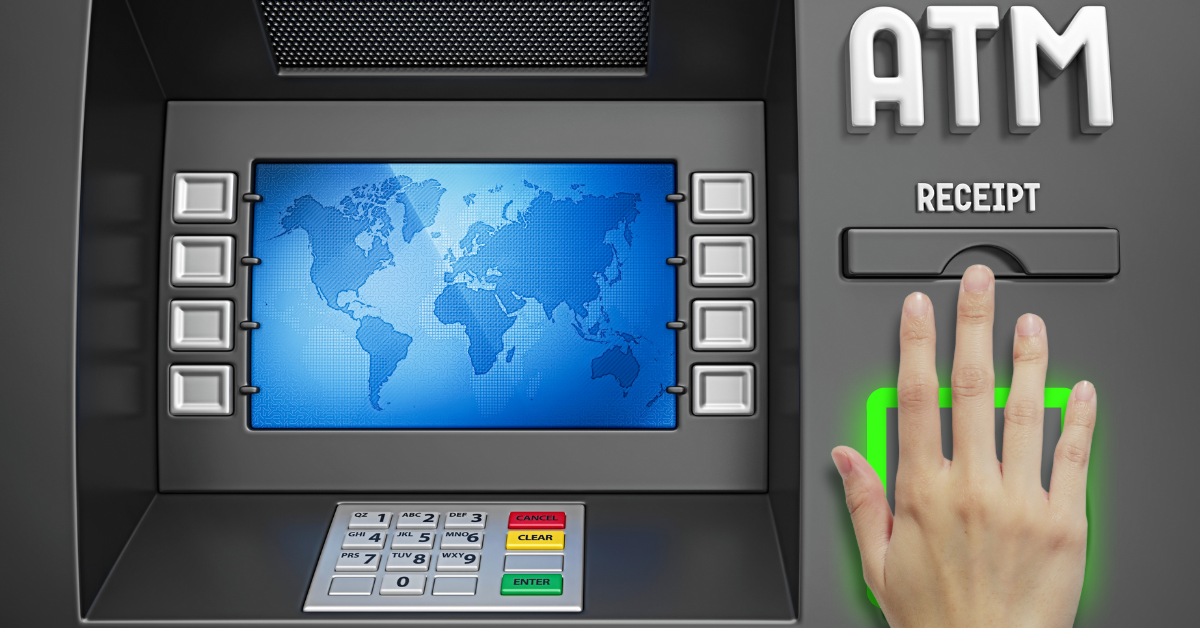Categories
With ATM fraud posing a persistent threat to banks worldwide, Palm Vein Banking emerges as a revolutionary solution to enhance security. This biometric technology uses the unique vein patterns beneath a person’s skin to authenticate users, offering a level of protection that traditional PINs and cards cannot match.
In this article, we’ll explore how Palm Vein Banking works, its advantages, its pioneering implementation in Japan, its role in payments, and its potential to shape the future of secure banking in 2025.

Palm Vein Banking leverages advanced biometric technology to secure ATM transactions by identifying users through their palm vein patterns. Unlike external traits like fingerprints, palm veins are internal and nearly impossible to replicate, providing a highly secure authentication method. At an ATM, a customer hovers their palm over a scanner, which uses near-infrared light to capture the vein patterns.
These patterns are compared to a pre-registered template—stored securely on a smart card or server—to verify the user’s identity. Once authenticated, the customer can proceed with their transaction, all without needing a physical bank card, making the process both secure and convenient.
Registering your palm offers significant benefits for both banks and customers, making it a top choice for enhancing ATM security.
Palm veins are internal and unique, making them nearly impossible to forge, significantly reducing the risk of fraud.
Authentication takes just seconds, allowing customers to complete transactions quickly, even during peak ATM usage times.
In situations where cards or IDs are lost, customers can access funds using their palm, ensuring financial continuity.
Authentication takes just seconds, offering a seamless experience that improves customer satisfaction at ATMs.
Japan has pioneered banking by using palm scanning and integrating this biometric technology into its financial sector to enhance ATM security. Since the early 2000s, the country has leveraged palm vein systems to combat fraud, setting a global standard.
Japan has been a trailblazer in Palm Vein Banking, integrating this technology into its financial sector since the early 2000s to tackle rising ATM fraud. At the time, counterfeit cards and identity theft were major issues, prompting banks to seek more secure alternatives to PINs.
Japan’s “Society 5.0” initiative, which envisions a hyper-connected, secure digital society, further accelerated the adoption of Palm Vein Banking, positioning the country as a global leader in biometric financial security.

In Japan, Palm Vein scanning is seamlessly integrated into ATMs with a multi-layered authentication process. Customers register their palm vein patterns at a bank branch, where the data is securely stored on a smart card or server. At the ATM, they authenticate by entering their date of birth, scanning their palm with a near-infrared scanner, and inputting a PIN.
The scanner captures the vein patterns and compares them to the stored template, ensuring only authorized users gain access. This robust system enhances security while maintaining a user-friendly experience for customers.
The impact of Palm Vein Banking in Japan goes beyond ATMs, demonstrating its versatility. After the 2011 earthquake and tsunami, many customers lost their bank cards and IDs, but Palm Vein Banking enabled them to access their accounts using only their palm, providing essential financial support during the crisis. Rural banks have also adopted the technology to serve communities with limited infrastructure, ensuring secure transactions.
Additionally, Japan is exploring its use in smart city projects, such as in Fukuoka, where palm vein scans could enable commuters to board trains or residents to enter smart homes, aligning with the country’s vision for a connected future.
Palm Vein Banking isn’t limited to ATMs—it’s also paving the way for secure payments in retail environments. Palm vein technology can be integrated into point-of-sale (POS) machines, allowing customers to pay with a quick palm scan, much like at an ATM. This contactless method enhances security at checkouts, reducing fraud risks like card skimming.
For retailers, adopting palm vein POS machines offers a seamless way to secure transactions while improving the customer experience. As Palm Vein Banking expands into payments, it promises to create a unified, secure financial ecosystem for both banking and retail in 2025.
Palm vein technology is redefining ATM security in 2025, offering a secure, convenient alternative to traditional authentication methods. Its pioneering use in Japan highlights its potential, from combating fraud to enabling access during emergencies, while its expansion into payments shows its versatility.
As banks and retailers worldwide adopt this technology, Palm Vein Banking is set to become a cornerstone of secure financial transactions, ensuring safety and trust for customers in an increasingly digital world.